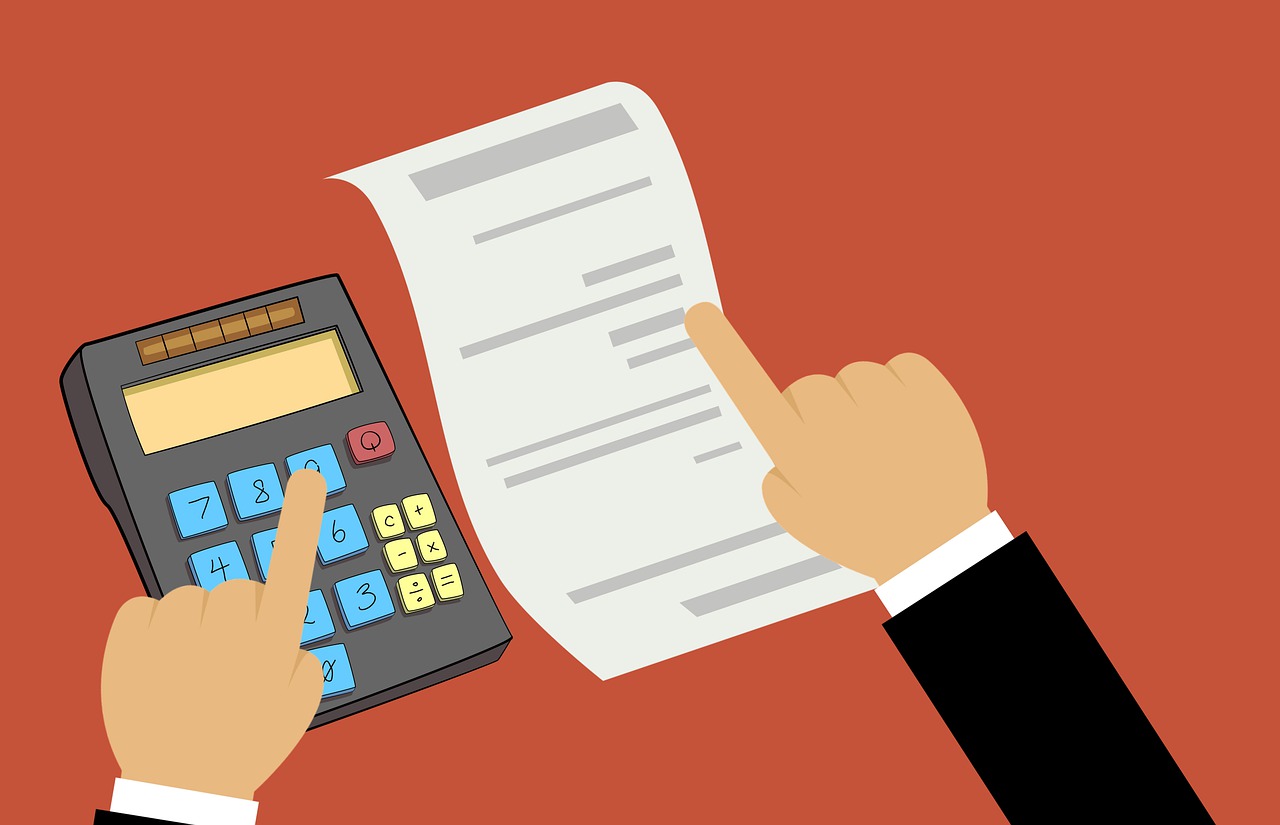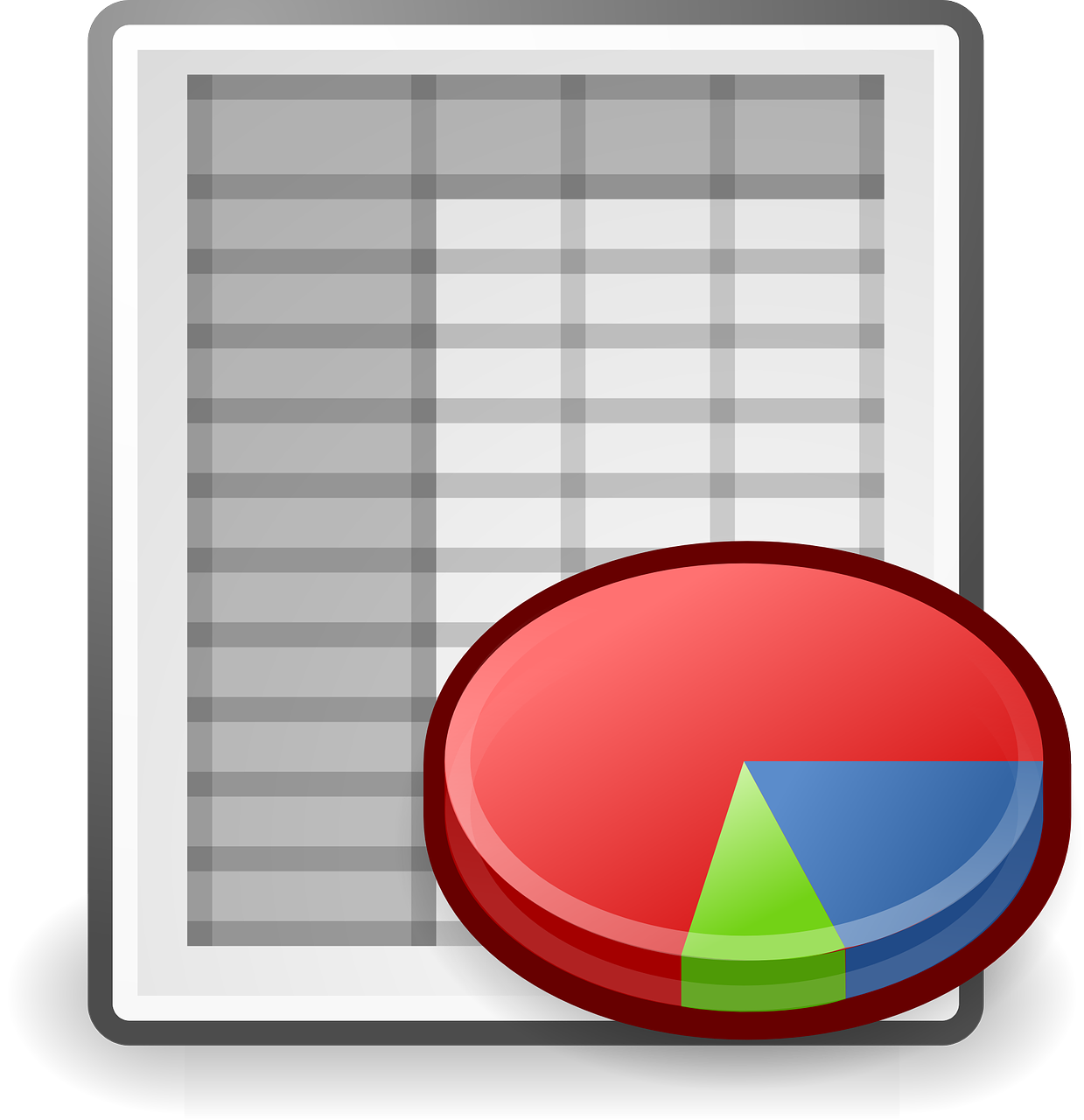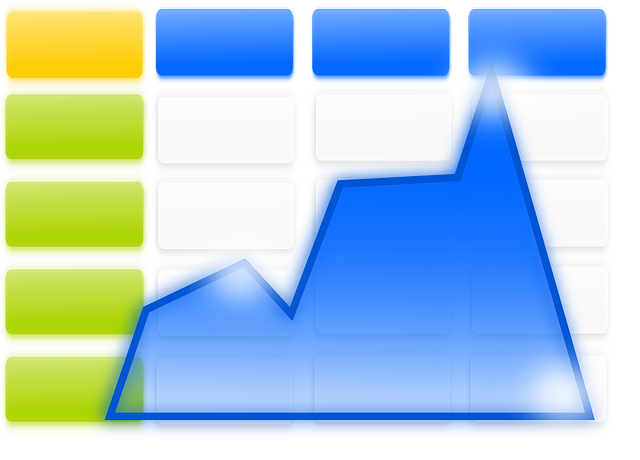A cost sheet is a statement that lists the different parts of a product’s total cost and shows data from the past so that you can compare. A historical cost sheet is made based on how much a product really cost in the past.
On the other hand, an estimated cost sheet format is based on estimated costs right before production starts.
READ ALSO: Surfshark One vs Surfshark VPN Comparison
Table of Contents
What Is Cost Sheet For And Why It’s Important
Cost sheets help with many important business tasks, such as:
1. Figuring Out the Cost
The main goal of the cost sheet is to get an accurate cost for the product. It tells you both how much the whole thing costs and how much it costs per unit.
2. Fixing the Selling Price
To set the price of a product, you need to make a cost sheet so you can see how much it cost to make.
3. Cost Comparison
It helps the management compare how much a product costs per unit now to how much it cost per unit in the past. Comparing the costs helps the management figure out what to do if the costs have gone up.
4. Controlling Costs
A cost sheet is an important document for a manufacturing unit because it helps control the costs of making things. Using an estimated cost sheet makes it easier to keep track of the costs of labor, materials, and overhead at each step in the production process.
5. Making Decisions
The cost sheet is used to help management make some of the most important decisions. Managers look at the cost sheet whenever they need to make or buy a part or quote prices for their goods on a tender.
READ ALSO: G DATA Total Security Review 2024
Different Kinds Of Costs
Costs can be put into four main categories: fixed costs, variable costs, direct costs, and indirect costs.
- Fixed Costs: These are costs that don’t change no matter how many things are made. For example, the price of a piece of equipment or the value of a building that is going down.
- Variable Costs: These costs depend on how much a company makes. For example, to make a cake, a bakery spends $10 on labor and $5 on raw materials. Depending on how many cakes the company bakes, the variable cost changes.
- Operating Costs: These are the costs an organization has to pay every day to keep the product running. Some of the things that fall under “operating costs” are the cost of travel, the cost of phone calls, and the cost of office supplies.
- Direct Costs: These are costs that can be linked directly to the production process. For example, if it takes a furniture company five days to make a couch, the direct cost of the finished product includes the cost of the raw materials and the cost of labor for those five days.
READ ALSO: Ways Manufacturers Can Benefit from Going Online
What Is A Cost Sheet: FAQs
A cost sheet is a financial document that provides a detailed breakdown of the various costs associated with producing a specific good or service or completing a project. It’s like a roadmap for understanding where your money goes and identifying areas for potential cost optimization. Here are 5 FAQs to shed light on cost sheets:
What are the different components of a cost sheet?
- Direct Materials: The raw materials that directly go into producing a good or are directly used in providing a service. (e.g., wood for furniture, ingredients for a recipe)
- Direct Labor: The wages and benefits paid to employees directly involved in production or service delivery. (e.g., factory workers assembling a product, technicians fixing a device)
- Manufacturing Overhead: Indirect costs associated with production that can’t be directly attributed to a single unit. (e.g., rent of the factory building, utilities, depreciation of machinery)
- Overheads: Indirect costs incurred for the overall operation of the business, not directly tied to production. (e.g., administrative salaries, marketing expenses, insurance)
- Total Cost: The sum of all the above cost components.
- Prime Cost: Direct materials + Direct Labor
- Cost Per Unit: Total Cost divided by the number of units produced
READ ALSO: Cloud Hosting Provider: QuickBooks Hosting Vs In-House Server
What are the benefits of using a cost sheet?
- Cost awareness: Provides a clear picture of where your money is being spent, promoting cost-consciousness.
- Pricing strategy: Helps determine the appropriate selling price for a product or service by factoring in all the production or delivery costs.
- Cost control: Identifies areas for potential cost savings and helps monitor spending efficiency.
- Performance evaluation: Tracks cost variances over time and compares them to budgets, allowing for performance evaluation and adjustments.
- Decision making: Provides valuable data for informed business decisions regarding production, pricing, and resource allocation.
Are there different types of cost sheets?
Yes, there can be variations depending on the industry and purpose. Here are two common types:
- Job costing: Suitable for projects or production runs with unique costs. Each job has its own cost sheet. (e.g., construction projects, custom printing orders)
- Process costing: Used for continuous or mass production where costs are accumulated over a specific period and then averaged per unit produced. (e.g., manufacturing beverages, textiles)
How can I create a cost sheet?
The format can vary, but a cost sheet typically includes sections for listing all the cost components mentioned earlier. You can create a cost sheet using a spreadsheet program like Microsoft Excel or Google Sheets, or use accounting software with cost sheet functionalities.
READ ALSO: How To Cut Down Your Company’s Costs With Outsourced IT Support
What if I need help understanding or creating a cost sheet?
- Consultants: Business or accounting consultants can help design and implement cost accounting systems, including cost sheets.
- Accounting software: Accounting software often includes features for creating and managing cost sheets. Consider software with user-friendly cost sheet templates.
- Industry resources: Industry associations or online resources might offer templates or guidance specific to your industry’s cost accounting practices.
READ ALSO: How to Choose the Best Software Development Company in the USA
Conclusion
A cost sheet analyzes cost components to determine per-unit cost. Having in-depth knowledge about direct and indirect expenses can help you better understand the Cost sheet.
Cost sheets assist business managers in monitoring purchasing and manufacturing expenses and setting product prices. Most companies use cost sheets to track and reduce costs since they are efficient.
INTERESTING POSTS
- A Brief Introduction To The Security Guard Job Position
- Pros And Cons Of Open Source CMS
- How To Reduce Operation Cost By Managed Service
- Tips To Choose A Home Alarm System
- How RPA Streamlines Enterprise Operations And Reduce Costs
- 10 Top WikiLeaks Alternatives (Number 5 Is Our Favourite)
- Free VPN vs Premium VPN – Which one should I go for?
- Tips & Tricks To Improve Your Streaming Experience
About the Author:
Amaya Paucek is a professional with an MBA and practical experience in SEO and digital marketing. She is based in Philippines and specializes in helping businesses achieve their goals using her digital marketing skills. She is a keen observer of the ever-evolving digital landscape and looks forward to making a mark in the digital space.
Christian Schmitz is a professional journalist and editor at SecureBlitz.com. He has a keen eye for the ever-changing cybersecurity industry and is passionate about spreading awareness of the industry's latest trends. Before joining SecureBlitz, Christian worked as a journalist for a local community newspaper in Nuremberg. Through his years of experience, Christian has developed a sharp eye for detail, an acute understanding of the cybersecurity industry, and an unwavering commitment to delivering accurate and up-to-date information.








